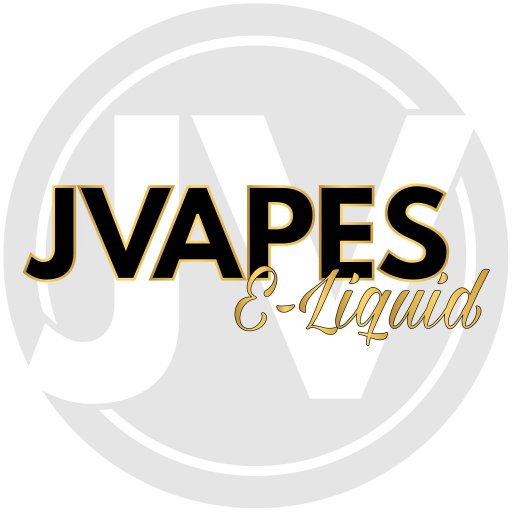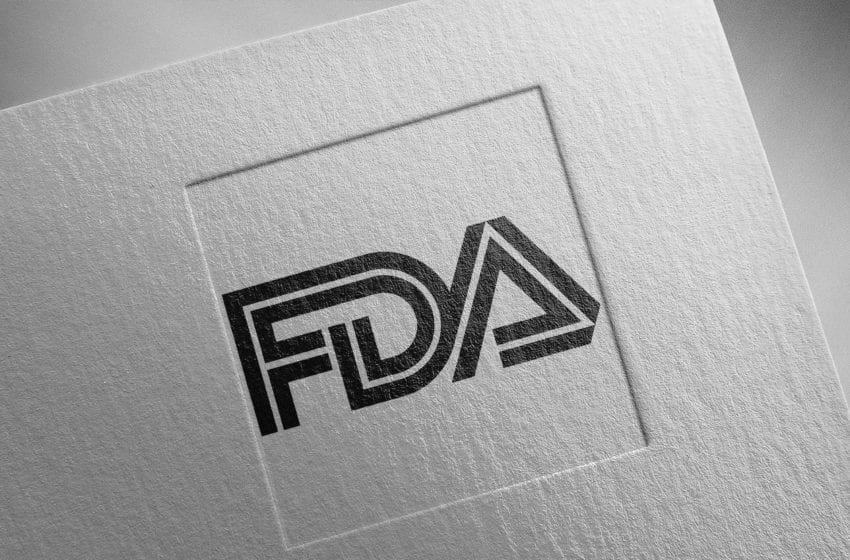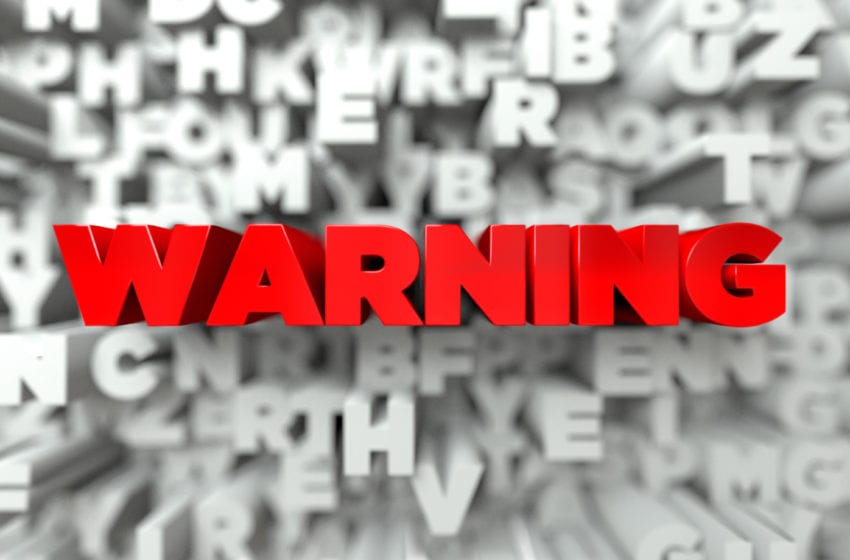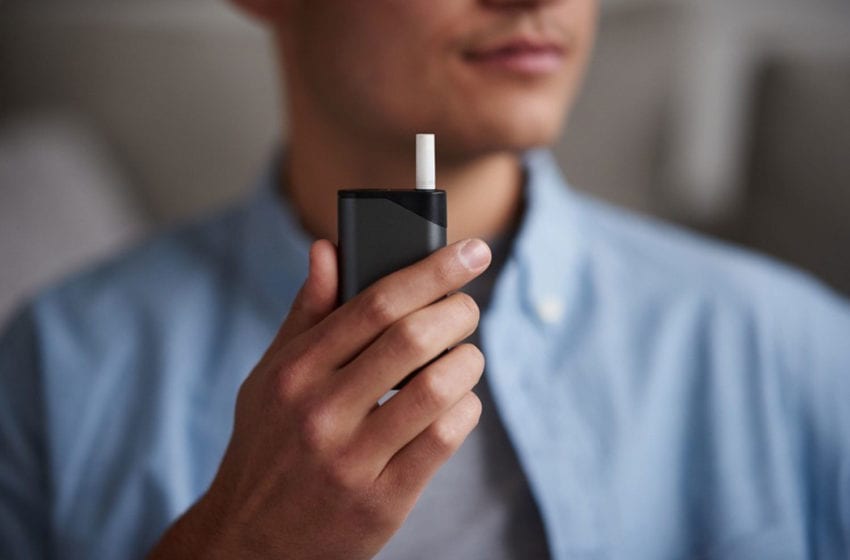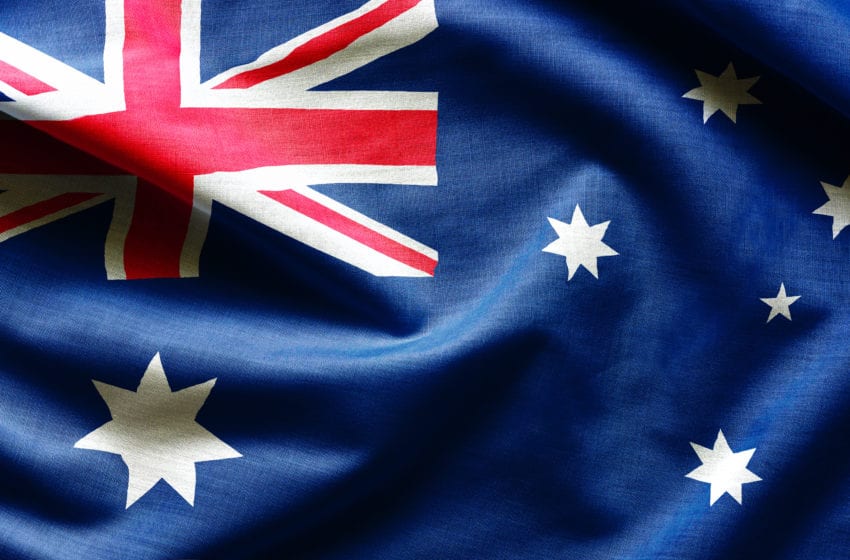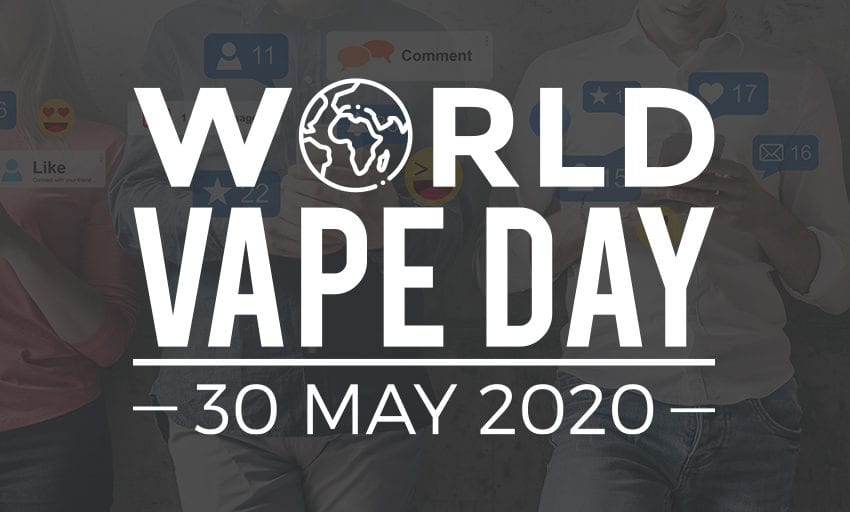After submitting its premarket tobacco product application (PMTA) application to the U.S. Food and Drug Administration (FDA) on or before Sept. 9, 2020, Arizona-based JVapes announced that it had received a PMTA acceptance letter from the regulatory agency. The company submitted PMTAs for 992 SKUs of its JVapes e-liquids.
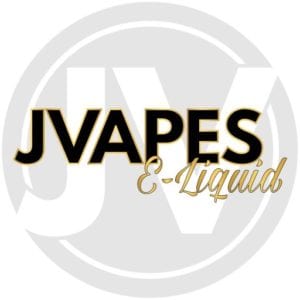
The company now waits for a filing letter from the FDA. Following acceptance, applications undergo a more thorough review to determine if they include the data outlined in Section 910(b)(1) of the Tobacco Control Act (TCA). A filing status will only be received by brands that have submitted an application that contains all the necessary components with enough data included to justify a complete scientific review.
Filing is a critical milestone for a brand because once this status is reached, it is legal for products to remain on market till September 2021 while FDA completes its review.
During the substantive review phase of the PMTA process, FDA performs a detailed inspection of the documents and research that a brand has provided. This review considers whether or not an applicant product is safe for consumers and if it will be manufactured and marketed to FDA standards, with the ultimate goal of determining if a product is appropriate for the protection of public health.
Substantive review typically takes 90 days from notification of entering the review phase to receiving the first set of questions and comments from the FDA, according to the FDA. The majority of applications will receive follow-up questions and/or requests for additional data that may extend the timeline of the review phase.

